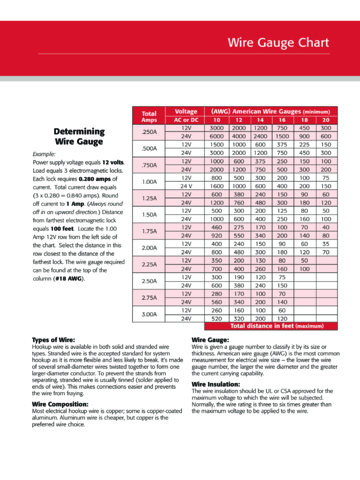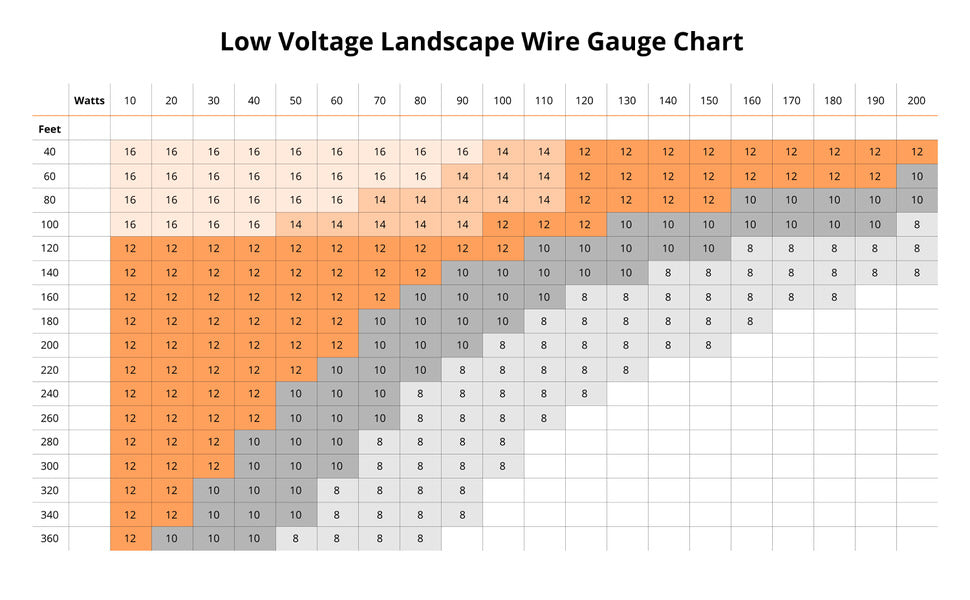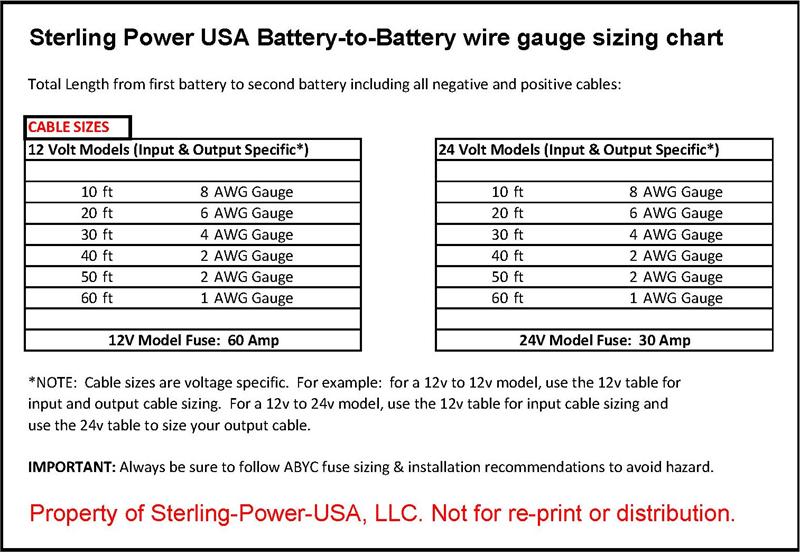
What gauge wire from lynx to 12v dc block? (Answered: 10awg) What size ANL fuses at each connection in lynx distributor? (inverter, dc block, scc) (Answered: Inverter-250A, scc-150A, dc distribution-inline fuses)įrom shore power to inverter: What size triplex wire? (Answered: 10awg Triplex) RV is about 25 feet from inverter to breaker and from shore power to inverter so I would like to get 30 ft wire for clearance I am following the explorist.life diagrams and videos as well as various other resources (Will Prowse of course)įrom Inverter to Breaker box: what size triplex wire? what size breaker in ac distribution panel? I need some help figuring out wire sizing and fuse/breakers needed at a couple points in my build and haven't been able to find too much information relating to 24V systems.

I have a 2022 Grand Design Transcend Xplor 231RK travel trailer (non-motorized)
24V WIRE GAUGE CHART UPGRADE
I am currently in the planning and buying phase of my solar upgrade on my RV.

L: the one-way length Typical AWG wire sizesĪmerican Wire Gauge (AWG) is a wire gauge system used predominantly in North America for the diameters of round, solid, non-ferrous, electrically conducting wire.Hello everyone, this is my first post on the forum. Ohm's Law is a very basic law for calculating voltage drop: Second, it should offer sufficiently sound earthing to (i) limit the voltage to which people are exposed to a safe level and (ii) allow the fault current to trip the fuse in a short time. It should be able to do this in the most extreme conditions of temperature it will encounter during its working life. First, the cable should be able to carry the current load imposed on it without overheating. There are strict rules about bundling cables which must be followed for this reason.Ĭable selection is guided by two main principles. The temperature in which the wire is used can also affect ampacity.Ĭables are often used in bundles, and when they are brought together, the total heat which they generate has an effect on ampacity and voltage drop. If alternating current is being sent through the wire, the speed of alternation can affect ampacity. The basic material from which the wire is made is, of course, an important limiting factor. The ampacity of a wire depends on a number of factors. Current carrying capacity is often referred to as ampacity, which is the maximum number of electrons that can be pushed at one time – the word ampacity is short for ampere capacity. Usually this is not a problem in circuits within a house, but may become an issue when running wire to an outbuilding, well pump, etc.įinally, the amount of current being carried can affect voltage drop levels an increase in current through a wire results in an increased voltage drop. Voltage drop becomes important when the length of a run of wire or cable becomes very long. Shorter wires will have less voltage drop than longer wires for the same wire size. Still another critical factor in voltage drop is wire length. In the Metric Gauge scale, the gauge is 10 times the diameter in millimeters, so a 50 gauge metric wire would be 5 mm in diameter. In American wire gauge, every 6-gauge decrease doubles the wire diameter, and every 3-gauge decrease doubles the wire cross sectional area. Larger wire sizes (those with a greater diameter) will have less voltage drop than smaller wire sizes of the same length. Wire size is another important factor in determining voltage drop. Copper is a better conductor than aluminum and will have less voltage drop than aluminum for a given length and wire size. Copper and aluminum are the most common materials used for wires due to their relatively low price compared with silver and gold.

Silver, copper, gold, and aluminum are among the metals with the best electrical conductivity. The first is the choice of material used for the wire. There are four major causes of voltage drop: This can be achieved by selecting the right wire, and by taking care in the use of extension cords and similar devices. It is recommended that the voltage drop should be less than 5% under a fully loaded condition. If the current is direct, the contrary pressure is called resistance.Įxcessive voltage drop in a circuit can cause lights to flicker or burn dimly, heaters to heat poorly, and motors to run hotter than normal and burn out. Impedance is a vector, or two-dimensional quantity, consisting of resistance and reactance (reaction of a built-up electric field to a change of current). If the current is alternating, such contrary pressure is called impedance. The voltage drop is the amount of electrical potential (voltage) loss caused by the contrary pressure of the wire. When electrical current moves through a wire, it is pushed by electrical potential (voltage) and it needs to surpass a certain level of contrary pressure caused by the wire.


 0 kommentar(er)
0 kommentar(er)
